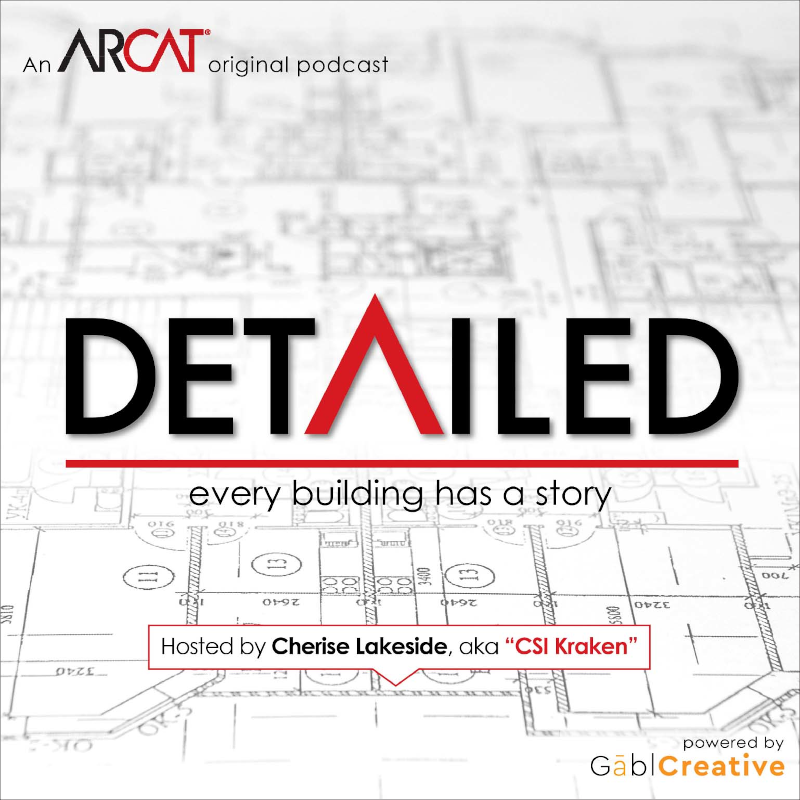|
Contributed by Rachel Burris In two years Gen Z is expected to make up one-fifth of the workforce. With 40% of workers estimated to retire by 2030, the construction industry knows that it needs this generation to choose construction.
Yet the estimated workforce shortages and skills gap that we’re facing indicate a distinct lack of new workers joining the industry. The research project, “Restoring the Dignity of Work,” points out that it takes anywhere from eight to 12 years for a craft professional to go from entry-level to fully trained. With the length of time it takes to gain experience, the industry must place an emphasis on recruitment and training. What can the industry do to start making progress in workforce development? Reach Parents The first step is begin reaching parents. “Restoring the Dignity of Work” points out that parents are among the main influencers in the career-decision making process of young people. A recent survey of parents, sponsored by National Center for Construction Education & Research (NCCER), found that while 71% respondents would show some sort of support if their child chose a career of construction, 70% would be unlikely to actually advise their child to choose the industry. To begin changing the perceptions of a career in construction, industry needs to engage in image enhancement campaigns. This includes using dignity in our own language by replacing terms such as “blue collar” with “craft professional” and “middle skilled” with “highly skilled.” Other areas of image enhancement include showing how safety is held in high regard by the industry, demonstrating the career advancement opportunities available, and showcasing the high salaries that can be earned with little-to-no debt. Build Your Future has free resources industry can use to reach parents, including fact blogs, social media graphics, success stories and more.
2 Comments
Contributed by Liz O'Sullivan Some dear relatives-by-marriage of mine hosted us for a Thanksgiving weekend in a warm place one year.
For Thanksgiving dinner, in addition to my husband, kids, and me, they invited some friends. Twice during the day Thursday, I asked what time people were coming over. The first time, I didn’t get an answer. The second time, I was told that the turkey should come out of the oven at 5:30, so we’d probably eat at 6:30, and that the guests would come over “whenever we tell them to.” I went for a run, came back to an empty house, and took a shower. So at 5:00, I was in the kitchen slicing crudités, in strange comfy clothes, with wet hair half up on my head, and wearing no mascara. My husband was still at the beach with the children, one of the hosts was on the lanai, smoking and still wearing golf clothes, and the other was in the shower… … and the guests walked in. They’d been told several days earlier to arrive at 5:00 on Thanksgiving. They could tell that we weren’t ready, and they appeared to be quite uncomfortable. Of the 6 adults involved in dinner, only half of us seemed to be bothered by this mixup, failure-to-communicate, lack-of-modification-of-original-instructions, whatever it was. Surely an unusual situation, right? And those of us who were unsettled should maybe just lighten up? Well, no. One story, two messages: The first message: This kind of thing happens ALL THE TIME in construction communications, and in… well, let’s put my personal life aside. It shouldn’t be happening. Construction documents must communicate clearly. Sometimes, the Instructions to Bidders document will list one time, date, or location for the bid opening, and another procurement document will indicate another. (Oh, well, it was a typo, no big deal, right? WRONG! These are legal documents! Seemingly tiny conflicts like this could cause a project to have to be bid all over again, or worse! Architects or Owners must check for consistency before issuing documents like this!) Contributed by Eric D. Lussier "How are you?"
"What's new?" "I hope you're doing well." "Is there anything I can help you with?" "Have a great day!" From outside appearances, these types of questions and statements seem to show sensitivity and genuine interest by the inquiring party. But what are the chances that the asker is just going through the motions and doesn't really care what the answer is? I'm going to go out on a limb and say that nowadays, it is high. Very, very high. Some will say that if you ask the right questions, you'll get the right answers. While this indeed may be true, what happens if you aren't listening? I've thought many times about the statement from Stephen Covey that "most people don’t listen with the intent to understand; they listen with the intent to reply". So, what if we combined that phrase with the 2,000-year-old Epictetus quote that "we have two ears and one mouth so that we can listen twice as much as we speak"? What if we remove any self-interest and truly attempt to empathize with the individual that we are speaking to by being sincere and more so, by active listening? I get it, you're busy. We're all busy. But next time you ask someone "how are you?", ask it like you really, really mean it. Perhaps you'll hear what the pain points are on a project. What the difficulties are in their day-to-day work. A common bond while outside of the office. Insight on where they believe the future of their profession is going. That’s it. That’s the post. Contributed by Michael Chambers Continuing education for design professionals is arguably the most effective and powerful marketing opportunity available to construction product manufacturers in North America. However, there appears to be some confusion as to what continuing education is supposed to accomplish. In my opinion and experience, continuing education can bring three things to the bottom line. First is brand recognition, second is getting specified, and third is holding specifications against non-competitive substitutions.
There is a bizarre notion that manufacturers provide continuing education out of the goodness of their hearts for the benefit of design professionals. Or worse, manufacturers think that continuing education is a perfect tool to sell product to design professionals. Is there any wonder why local AIA components and a growing number of large design firms no longer allow manufacturers to present programs? Unless manufacturers can begin to bring excellent programs to the design professionals, the opportunity inherent in continuing education is going to be lost. Brand Recognition One of the most powerful and least understood aspects of continuing education is brand recognition. The biggest issue I see here is that manufacturers do not understand how to brand with education. Successful branding is never about logos or products; it is about high quality education that speaks directly to the audience and provides solutions to design and construction issues. It is never about product, never, never, never. A high quality program designed for adult learners, presented by qualified, knowledgeable product representatives is the best possible branding opportunity. At the level of design professionals, people brand manufacturers far more effectively than product advertising and the like. Product representatives must be knowledgeable not only about their products but about the industry and most importantly about the competition. In this same regard, presentation skills are even more critical than product knowledge. A poor presentation will trash a brand faster than anything. Product representatives must be good presenters and have the ability to make effective presentations. An excellent education program presented by a professional product representative can have an incredible impact on the bottom line by providing usable information and identifying the “go to” resource for the design professionals. |
AboutLet's Fix Construction is an avenue to offer creative solutions, separate myths from facts and erase misconceptions about the architecture, engineering and construction (AEC) industry. Check out Cherise's latest podcast
Get blog post notifications hereArchives
March 2022
Categories
All
|





 RSS Feed
RSS Feed
